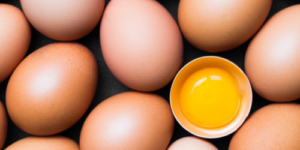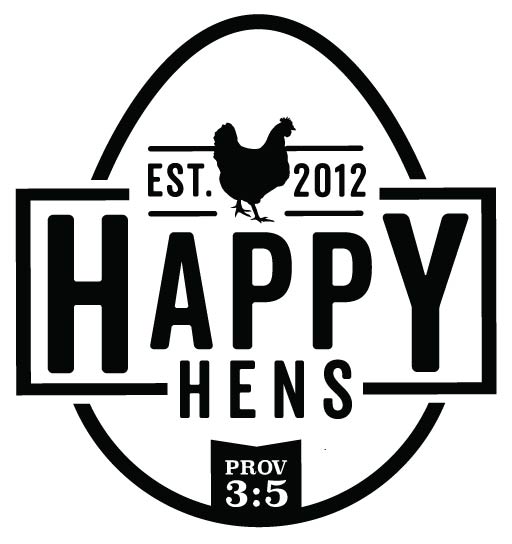The Truth about Yolk Color

Egg Yolk Color
In society today there is a constant want for more.
Distributors ship thousands of eggs across the country to hard-to-reach places, or their own local stores. In an exceptionally large egg company, the eggs are laid, collected, washed, packaged, and shipped. By the time the eggs reach the shelves of their stores they are already weeks old.
Most egg companies also feed their birds enormous amounts of inferior foods, including GMO corn and soy and grains treated with herbicides and pesticides. The nutritional quality and age of the eggs is why cheap store-bought eggs have yolks that are light yellow, break easily, and also why these eggs are not creamy, and taste bland. However, the belief that a pale-yellow yolk is unhealthy is not at all always the case, especially from local farmers.
Yolk color is seasonal and varies for many reasons, so the best measure of quality eggs is to know your farmer and understand what they feed their birds and how they handle them.
What Makes the Color
Seasons
Yolk color varies by season for truly pasture-raised birds as different types of forage are available to the hens at different times of year. The premise that the egg yolk color is the indicator of a healthy, fine feathered chicken, is misleading. The truth is that it depends on the time of year and the amount of grass available for the hens to forage on. In Springtime, when grass is thriving, eggs will generally have darker yolks, ranging from a light orange to a darker amber. When it is hot in the summer, the grass gets dry and the birds deal with more stress in heat, so the yolks usually are a soft yellow. This natural variation is expected, and we don’t feed our hens coloring agents to artificially change the yolk color. So do not worry if one yolk is darker than the other from the same batch! That is a sign that the hens have a healthy variety of forage and are able to eat what’s best for each individual hen. No matter the yolk color they are still just as healthy and taste just as great.
Diet
The evidence of what we feed our chickens is in the egg, so the quality of their feed and pasture also benefits us. We believe in feeding our birds food that is good for their bodies like alfalfa, paprika, and sustainable organic grain and pasture, instead of giving them unnecessary and unhealthy ingredients like dye and corn and soy. A healthy diet adds beauty to the color of the yolk and the taste of the entire egg. That is always our goal: Having healthy, happy birds and strategizing on what is best for them, so we can have what is best for us also.
Other Causes of Egg Yolk Color Fluctuation
- The breed
-
The ranch location
-
Stress levels
-
Housing
If the birds are well fed with great, natural God-given ingredients, they are happy; so, we guarantee, with Happy Hens eggs, your breakfast just got better.
